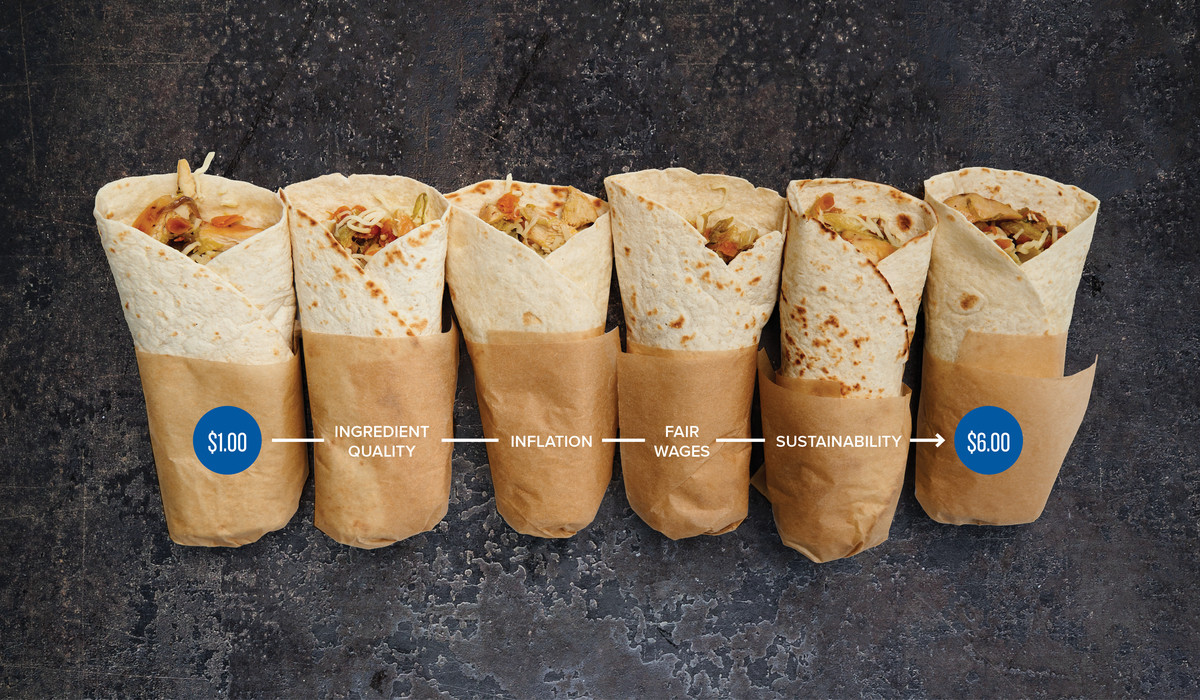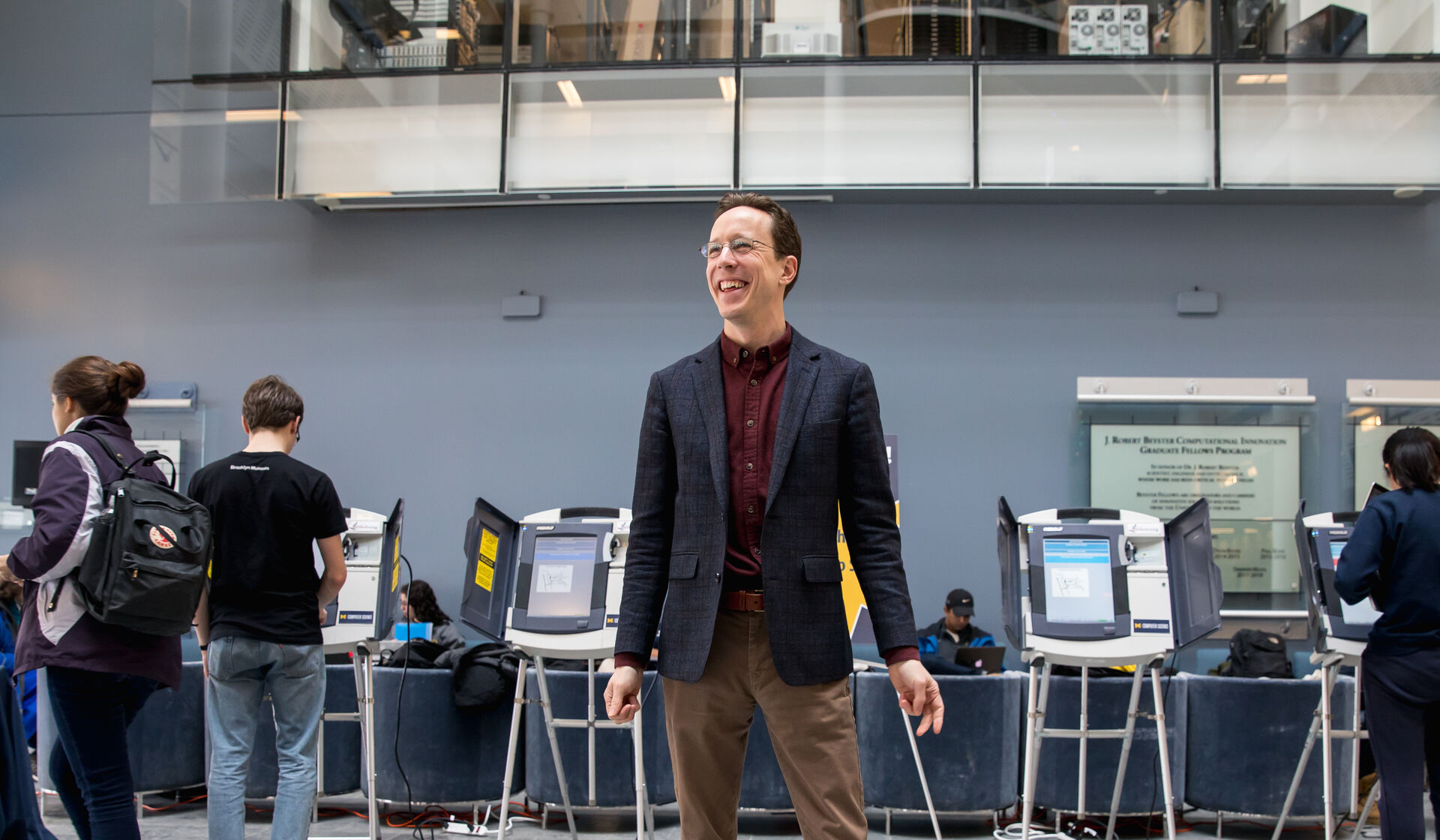In elementary school and junior high in Texas, my birthday parties involved a handful of friends, several hours playing arcade games at Putt-Putt Golf and Games, and then a dinner finale at Steak and Ale (R.I.P.). Something about that paper-thin prime rib, the loaded baked potato, the salad bar, and the bread—all for only $12.99!—still linger in my mind as a sublime pleasure. I’m somewhat relieved I wasn’t old enough to consider perusing the wine list—I shudder to think about its likely banality.
Red Lobster and Olive Garden were also near the pinnacle of my culinary luxuries; I eventually transitioned to Chili’s and TGI Fridays (now sometimes just Fridays) for awkward, acne-filled dates as a teen. And if those chain restaurants were the epicurean vanguard of my world, you probably correctly guessed that my formative diet included a regular rotation of fast food.
Admittedly, I still have a soft spot—and maybe a few hard spots too, given the cholesterol—for all the aforementioned indulgences. But I now live in New York City, which, as a culinary mecca with a prohibitive cost of living, has given me plenty of occasion to ruminate on my relationship with the ghost of prices past.
For example, I recently walked by a friend-of-a-friend’s latest addition to a burgeoning restaurant empire: breakfast tacos sold out of his corporate office window. For $6. Each. Later at his bar, after a few glasses of wine whose birthdates were not far from mine, I worked up the courage to remark on my visceral reaction to the price tag. For most of my life, breakfast tacos have been comfortably cradled in the $1-$2 range, but a $6 breakfast taco shattered every paradigm I knew.
The serial restaurateur calmly explained to me that his staff grinds flour for the tortillas every morning by hand, that all ingredients are organic and local, and that each of his staff gets paid well above the New York City minimum wage, which is currently $15 per hour. None of this information was on the menu—and to be honest, it might come across as self-righteous if it were. My rational brain nodded in acknowledgment, coming to terms with the economic realities of this slap in the face. But to my reptile brain, it remained a slap in the face.
I’m beginning to realize it’s exactly this kind of psychological attachment to circumstantial and somewhat arbitrary benchmarks, at least in my case, that can contribute to wage inequity and perpetuate a broken food system.
We make more food choices than any other purchase decision in our lifetimes. And eating is something we all do, consuming multiple snacks and meals each day of our lives, memorializing all sorts of perfunctory and grand occasions. According to Basit Zafar, U-M professor of economics, these are prime conditions for frequency biases and saliency biases.
We have a tendency to set anchor around reference points when we experience them frequently or when surrounding circumstances are especially salient—think living through the Great Depression or a world war. The use of these refence points may be anachronistic (e.g., “When I was a kid, a loaf of bread cost a nickel!”) or simply wrong. As an example of the latter, Professor Zafar notes that consumers tend to use the price of groceries and gas as a metric for inflation, but these expense categories combine to make up only around one-third of the Consumer Price Index.
There is nothing wrong with dropping anchors around reference points subject to frequency and saliency biases; it’s nearly impossible not to. The trouble arises when they begin to affect our behavior. As someone who is somehow personally offended by the disappearance of the dollar menu across fast-food establishments, not to mention the skyrocketing cost of a bowl of pho, I battle these demons on a daily basis. Not only were my anchors lowered 30 years ago, they were planted in a seabed of chain restaurants and fast-food joints. A double whammy.
My benchmark prices fail to consider inflation, the stalagmitic growth of minimum wage, sustainability, health impact, and numerous other social costs. To the extent these nostalgic benchmarks influence how and where I spend my dollars, they are a disservice to society. This kind of downward pressure helps absolve the food industry of paying unfair wages and helps perpetuate the demand for unhealthy, mass-produced foods.
The attachment to these outdated benchmarks is also frustrating because it fails to contextualize the arc of my own life. The cost of a Happy Meal relative to my current earning potential is, thankfully, a bit less than to my $5 per week childhood allowance—although not by nearly as much as I would like. If I were putting things into proper perspective, I wouldn’t sweat the prices of breakfast taco but spend my time contemplating the fate of cryptocurrency or the trajectory of college tuition.
There may not be much we can do to prevent some anchors from sinking wherever they may, but being consciously aware of them can help us navigate the waters in a more conscientious way.

JOHN WANG, ’03, is the founder of Queens Night Market in New York City and the co-author, with wife Storm Garner, of the award-winning cookbook “The World Eats Here” (The Experiment, 2020).





